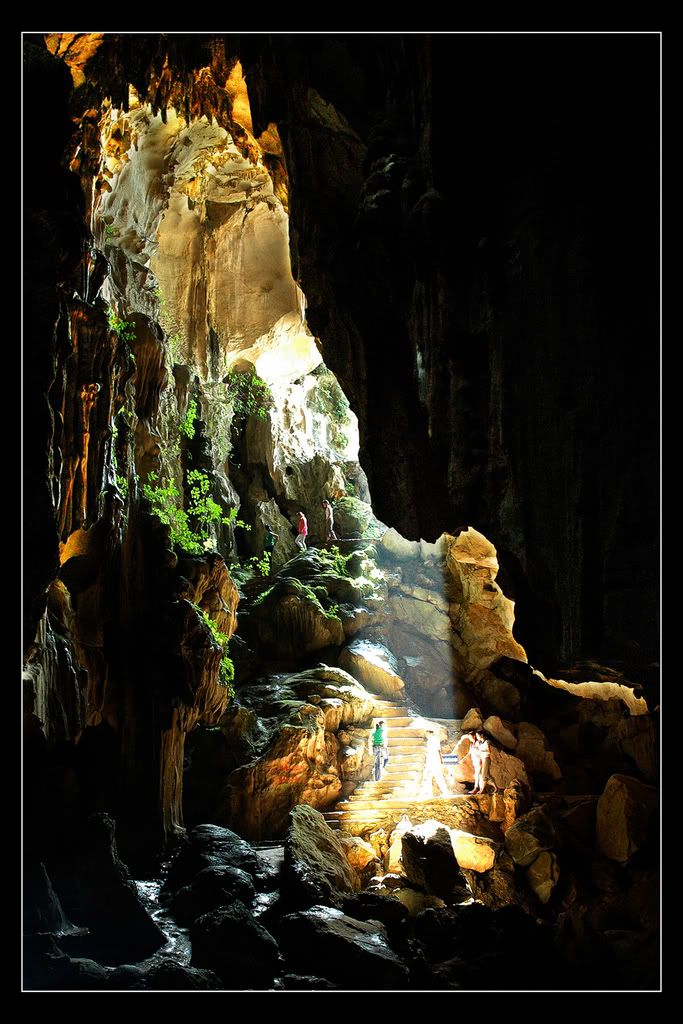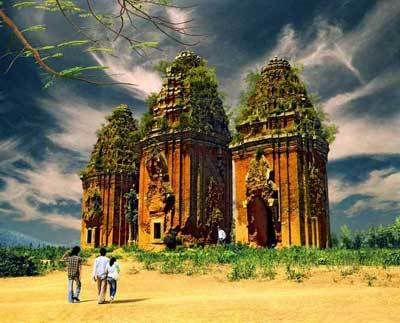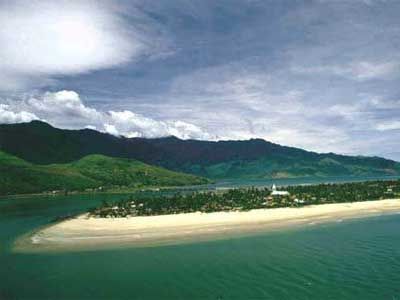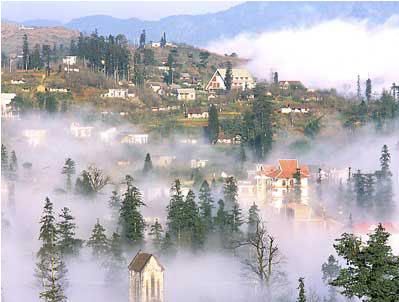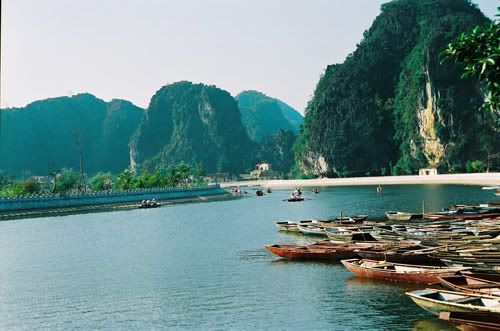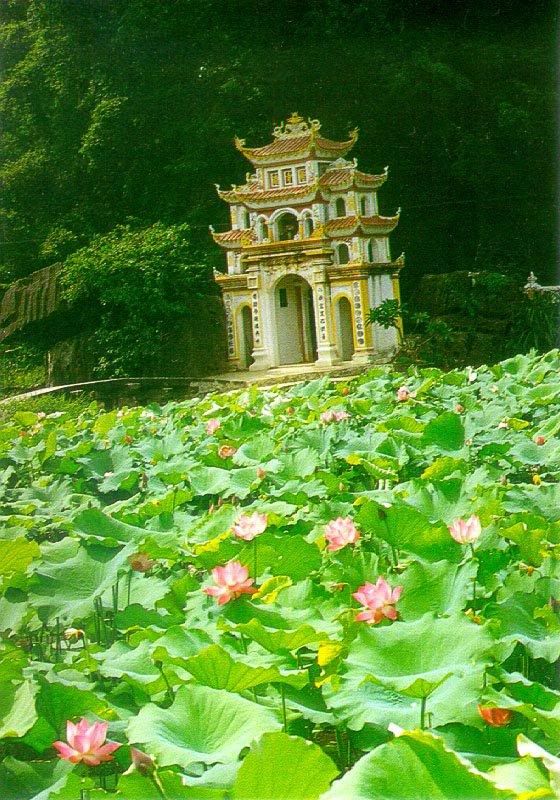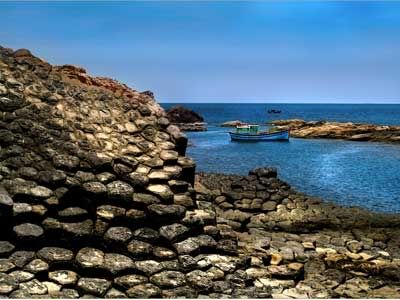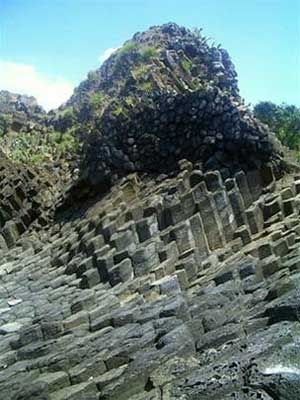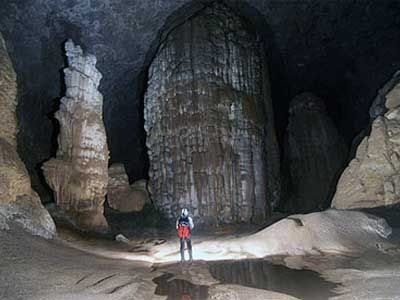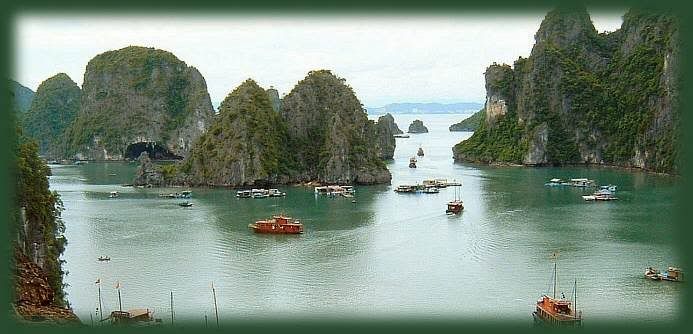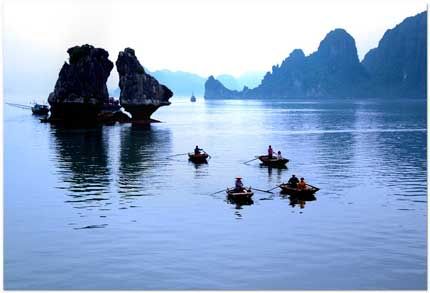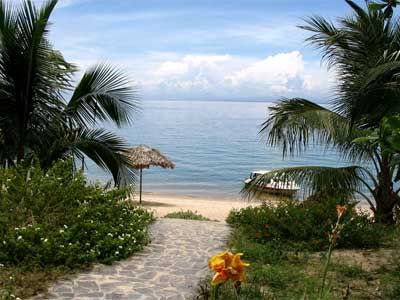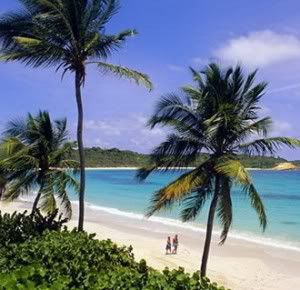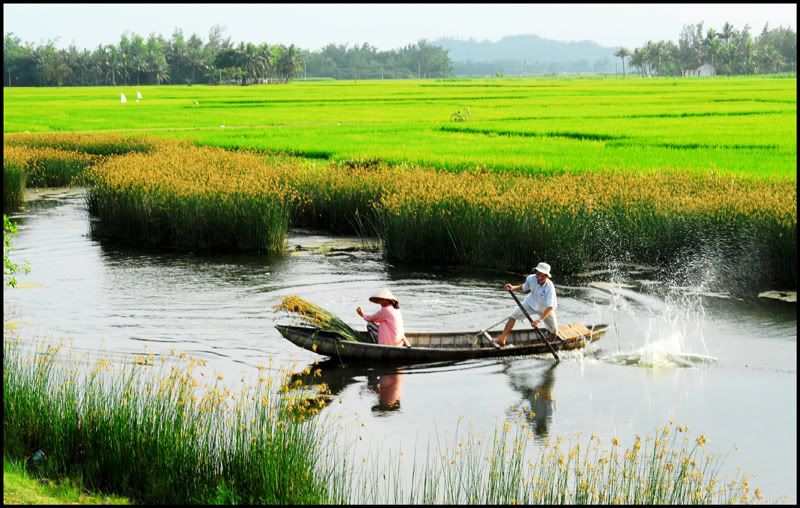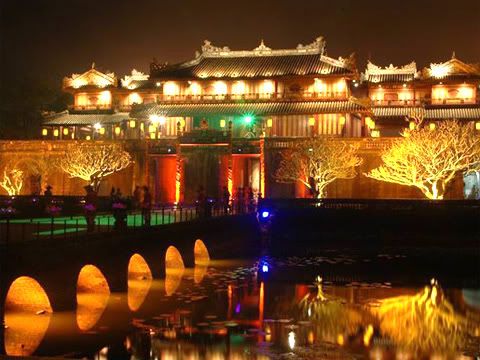In 1994, Ha Long Bay was recognized as a world natural heritage site in the first time. Next, in 2000, it was recognized as a world geological heritage site and as one of new seven wonders of nature in 2011.
Ha Long Bay is a small bay belonging to the west of Bac Bo bay in the area of north-east sea in Vietnam, including a part belonging to Ha Long city, Cam Pha town and another in Van Don island district.It has the area of 1,553km² including 1,960 islands; most of them are limestone islands. The centre of the bay has the area of 334km² consisting of 775 islands.

Ha Long Bay - Quang Ninh province - Vietnam (Source:: http://getvietnamvisa.org)
The combination of environment, climate and geologic makes Ha Long Bay become aggregation of biodiversity including tropical evergreen bio-system, (o to dieu khien tu xa) costal and sea bio-system with a lot of sub-biosystem. In which, 14 endemic flora species and 60 endemic fauna species are discovered among millions of animals and plants in Ha Long Bay.
2.Phong Nha - Ke Bang national park
In 2003, Phong Nha – Ke Bang national park was recognized as a world natural heritage.Phong Nha – Ke Bang national park is located at Bo Trach and Minh Hoa districts, Quang Binh province, about 50km at the northwest from Dong Hoi city and 500km at the south from Hanoi city.
It’s in the area of limestone mountain with 200,000ha wide. The core of the park has the area of 85,754ha. This national park is found to protect one of two largest carxto in the world with about 300 caves and north Truong Son bio-system reservation.
The characteristic of this national park is the limestone creation, 300 caves, underground rivers and endangered flora and fauna in Vietnam Red Book and World Red Book. Caves here have the total length of more than 80km.
3.Hue
Old capital, Hue, was recognized as a world cultural heritage in 1993. The historical relics of Hue consist of historical – cultural relics since Nguyen dynasty built during earlier 19th century and half beginning of 20th century in old capital Hue (Hue city now).
Relics of Hue can divide into construction system including outside construction of Hue and inside ones. In which, inside ones consist of Old capital Hue, Hue Citadel, Imperial Citadel, outside ones have system of kings’ tombs and other relics.
4.Hoi An Ancient Town.
Hoi An Old Quarter was recognized as a world cultural heritage site in 1999. Located on the banks of poetic Thu Bon river, Quang Nam province, it was ever a busy international trading port during 17th and 18th century.
Nowadays, Hoi An old town becomes a special sample about a traditional port in Southeast Asia which is well-preserved. Most of house here is built following the traditional architecture from 17th to 19th century. Parallel with old houses, religious structure proved for formation, development and decline of the town.
Hoi An is also a place of cultural exchange. Today, the town is an attractive destination for local and international tourists because of its history, traditional architecture and crafts, especially textiles and ceramics. Many bars, hotels, and resorts are built in Hội An and the surroundings. The port mouth and boats are still used for both fishing and tourism.
5.My Son Sanctuary
My Son Sanctuary was declared as a world cultural heritage site by UNESCO in 1999. Located at Duy Phu commune, Duy Xuyen district, Quang Nam province, it is a combination of Champa temples in a 2km valley, surrounded by hills and mountains.
Most of the temples were made of red brick except from one named B1 which was made of stone. Until now, the construction techniques of Sanctuary have not been found completely. This is the place of worship for Champa kingdom as well as tombs of Champa kings. Mỹ Sơn Sanctuary is regarded one of the foremost Hindu temple complexes in Southeast Asia and is the foremost heritage site of this nature in Vietnam.
6.Citadel of Ho Dynasty
Citadel of Ho Dynasty was recognized as a world heritage site by UNESCO in 2011. It was constructed in 1397, this was a great construction built of unique stone blocks.
In its underground area, there are still relics of castle, roads, decoration art, old villages and total sights of mountains, lakes. Citadel of Ho Dynasty is the cultural exchange between Vietnam and other countries in Southeast Asia.
Besides, other world heritage sites are recognized by UNESCO include, Complex of Hue Monuments, central sector of the imperial Citadel of Thanh Long – Hanoi, Ba Be lake, Cat Ba archipelago, Con Moong cave, Huong Son Complex of natural beauty and historial monuments, the area of old carved stone in Sapa, Trang An scenic landscape Complex, the cultural space of Gong in the Central Highlands, Nha Nhac or the Royal Refined Music of Hue, etc.

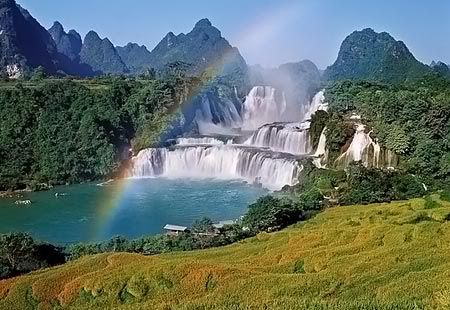
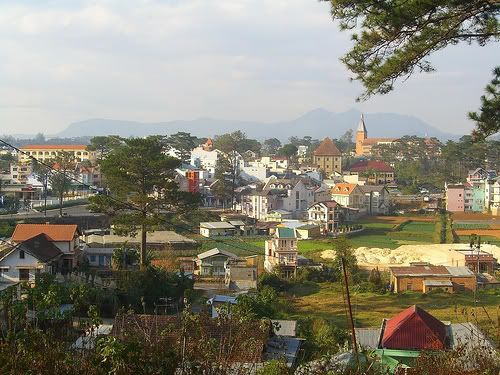
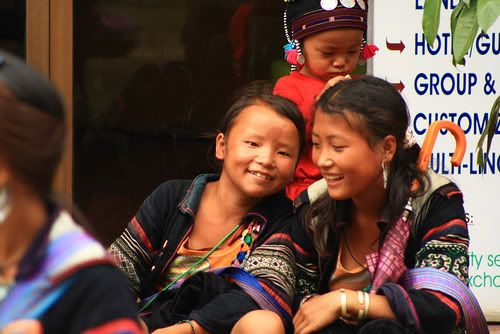
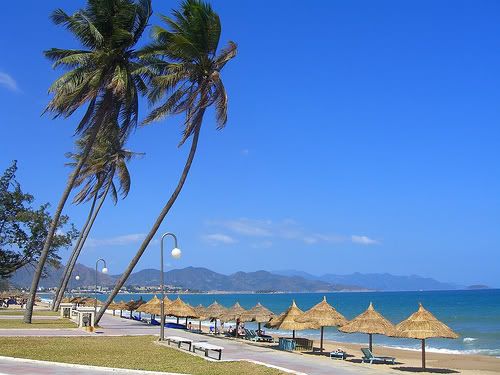
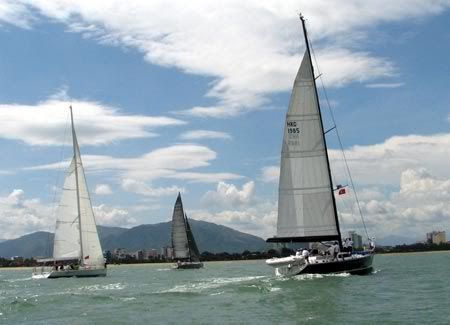

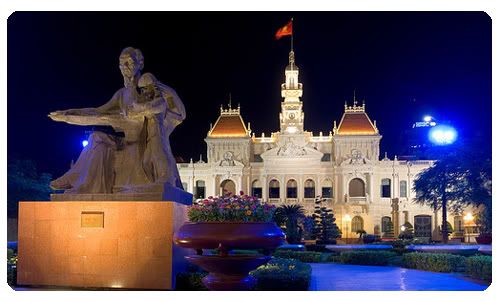 Ho Chi Minh City
Ho Chi Minh City 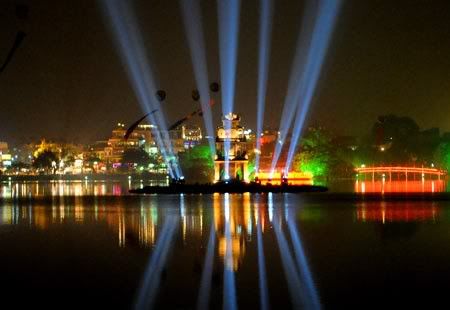 Ha Noi City
Ha Noi City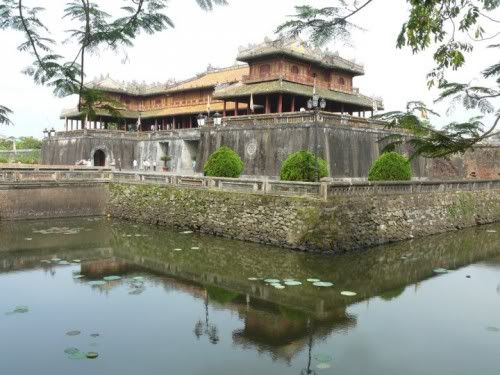
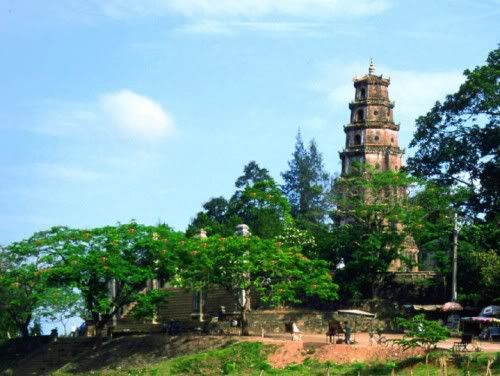
 Truong Tien bridge
Truong Tien bridge